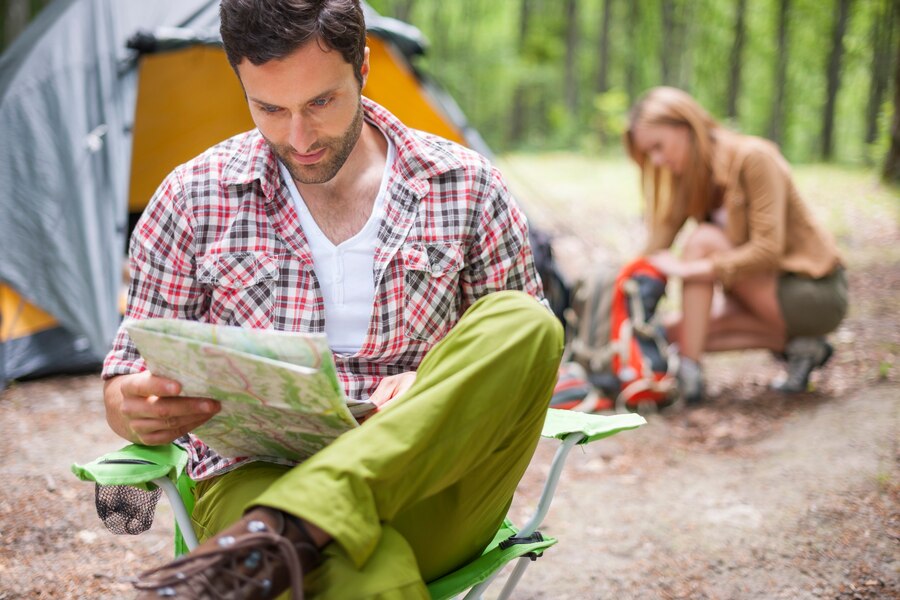How Do You Capture Action Shots of Wildlife?
Cuerpo
Capturing action shots of wildlife is one of the most thrilling aspects of photography. The fleeting moments when animals leap, hunt, or fly offer stunning visuals but require preparation, skill, and the right equipment. For both seasoned photographers and those embarking on Hiking Trips for Beginners, mastering action shots can significantly enhance your wildlife photography portfolio. Here are essential Wildlife Photography Tips to help you succeed.
Understand Your Subject
Before you head out with your camera, take time to study the animals you wish to photograph. Learn about their behavior, habitats, and daily routines. Understanding when animals are most active increases your chances of capturing dynamic shots. For example, many predators hunt at dawn or dusk, providing excellent lighting and action opportunities. By researching your subjects, you position yourself to anticipate their movements and behaviors.
Choose the Right Gear
Investing in the right equipment is crucial for capturing high-quality action shots. A fast camera with a high frame-per-second (FPS) rate enables you to take multiple shots quickly, increasing your chances of getting the perfect photo. Telephoto lenses are also essential, allowing you to photograph animals from a safe and respectful distance. Para Natura recommends using lenses with a focal length of at least 300mm for most wildlife scenarios.
Sturdy tripods or monopods can provide stability, especially when using heavy lenses. However, sometimes handheld shots offer more flexibility when tracking fast-moving animals. Make sure your gear is comfortable and lightweight, especially if you are on Hiking Trips for Beginners, where carrying excessive weight can be challenging.

Master Camera Settings
Understanding your camera's settings is vital for action shots. Use a fast shutter speed to freeze motion; speeds of 1/1000th of a second or faster are often necessary for birds in flight or animals running. Set your camera to continuous shooting mode to capture a series of shots in rapid succession.
Autofocus settings also play a significant role. Use continuous autofocus (AI Servo for Canon or AF-C for Nikon) to keep moving subjects sharp. Adjust your ISO settings to accommodate the fast shutter speeds, especially in low-light conditions.
Scout the Location
Visit your chosen location in advance to familiarize yourself with the terrain, lighting conditions, and animal activity. Para Natura suggests arriving early and observing quietly to minimize disturbances. Look for natural vantage points that offer a clear view of potential action without intruding on the wildlife.
If you are new to wildlife photography, consider starting with controlled environments like wildlife sanctuaries or national parks where animal activity is more predictable. These settings provide excellent opportunities for Hiking Trips for Beginners while offering a chance to practice your skills.
Patience and Persistence
Wildlife photography demands immense patience. You may spend hours waiting for the perfect moment, but the reward of capturing a once-in-a-lifetime action shot makes it worthwhile. Bring comfortable seating, wear appropriate clothing, and carry sufficient food and water to sustain long periods in the field.
Stay alert and ready to react quickly. Animals move unpredictably, and hesitation can cost you the shot. Practice tracking moving subjects with your camera to improve your reaction time.

Respect Wildlife and Nature
Ethical considerations are paramount in wildlife photography. Always maintain a safe distance to avoid stressing or endangering animals. Use zoom lenses instead of approaching too closely. Avoid disrupting natural behaviors or habitats.
Following local guidelines and respecting protected areas ensures the safety of both wildlife and photographers. Para Natura emphasizes the importance of conservation and responsible photography practices to preserve nature's beauty for future generations.
Post-Processing for Perfection
Even with perfect timing and technique, post-processing can enhance your images. Use photo editing software to adjust exposure, sharpness, and color balance. Cropping can also improve composition, drawing attention to the action.
However, avoid over-editing. Strive to maintain the natural appearance of your subject to honor the authenticity of wildlife photography.
Join Photography Workshops and Communities
Learning from experienced photographers can accelerate your skills. Join workshops, online forums, or local photography groups. Para Natura offers specialized workshops tailored for both advanced photographers and those taking their first Hiking Trips for Beginners. These programs provide hands-on experience and expert guidance in real-world settings.
Conclusion
Capturing action shots of wildlife blends technical skill, preparation, and a deep respect for nature. By following these Wildlife Photography Tips and embracing a patient, ethical approach, you can create breathtaking images that tell compelling stories of the wild. Whether you're a seasoned professional or just starting your journey with Hiking Trips for Beginners, the thrill of freezing a moment in nature is unmatched.






Comentarios